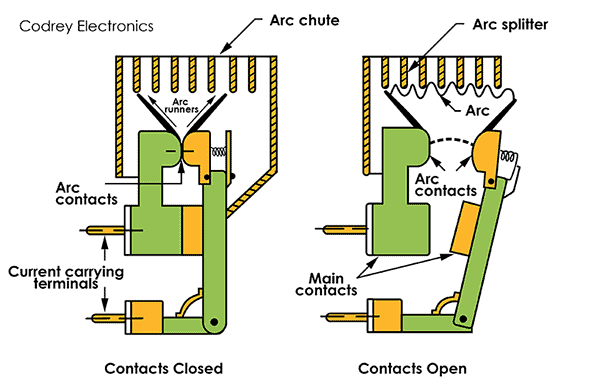I kind of forgot about this thread but I just dug it up after a project I just finished reminding me of it and I read some of the replies. With all due respect, many of the reply authors drip of luddites being scared of change. I strongly support the trades and recommend to kids all the time to look into becoming an electrician instead of college. My father was a commercial plumber and fed and raised me on his salary. I worked with him as a teenager for years and met tons of electricians. I fell in love the engineering and the work electricians do, to my father's chagrin, since he was a plumber - but he supported me making a career out of it. Luckily I learned outdoor work wasn't for me doing plumbing with him before I made that choice. I can deal with the heat but my body shuts down when it gets under 30 and my hands stop working.
So with that being said, yes - I am an IT type. I work in that field as an data center architect. Despite the opinions of some here, I do not think that limits me to understanding the concept of higher amperage circuits requiring thicker gauge wires. I still to this day enjoy electrical work and watch Mike Holt youtube videos on the IEC, and him ranting about the differences between grounding and bonding. I watch these at night as some would watch ordinary TV shows just because I want to learn. I will never be an electrician professionally being 40 now, but I still like to learn just out of love for it. My long winded and probably too long reply thus far is just to highlight I have nothing but love for all of you that do this job, the value it contributes to society, and the engineering science behind it. I have zero reason to try and 'outsmart' or disrespect you and certainly consider your opinions as stated even if they refute my own.
With all that said, I still stand behind my original statements. Low volt DC has a future in construction whether that be direct DC, USB PD, or PoE (hopefully not PoE it has its own problems but I digress). It simply makes no sense to deliver AC power to systems like LED light fixtures that only require tens of watts at max and having a PCB that rectifies AC in every single light bulb and light fixture is wasteful, expensive, and dumb. The only reason its done now is for legacy support and even then they fail 99% of the time well before the LED itself. That same goes to tech and entertainment devices like tablets, laptops, smart phones and some TVs. I am not going to try an say how the upstream solution will be done be it rectification on a panel level in the building, at the pole, or via HV DC transmission - I will leave all that to the linemen and power plant EEs. Also to be clear - AC mains is not going anywhere either, though I can see a future where lighting is strictly LVDC, there are less mains plugs in a room, and panels are smaller in rating. It is simply cheaper if no other argument swings your opinion. It will start with dense apartments and then on to residential homes; Eventually even some commercial sites.
What reminded me of this thread is a project I am working on at home to convert all my old cat3 and cat5 based phone jacks into emergency lighting and USB power sources since I don't use a land line anymore. I put a 12 volt UPS/Power supply combination near my demarc for all my low volt cabling for my house (yes I disconnected it from telco service first!) I have a circuit that turns on when AC is lost for the lighting, and another one that always provides basic USB power. Each line is fused at a few amps. It works great thus far for those interested


